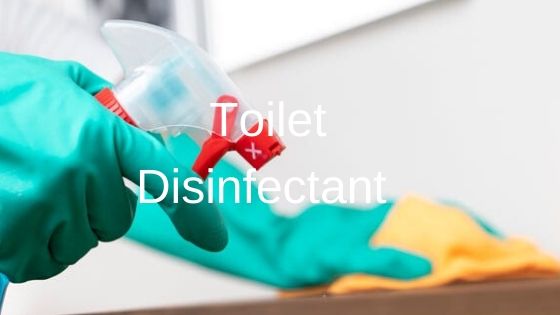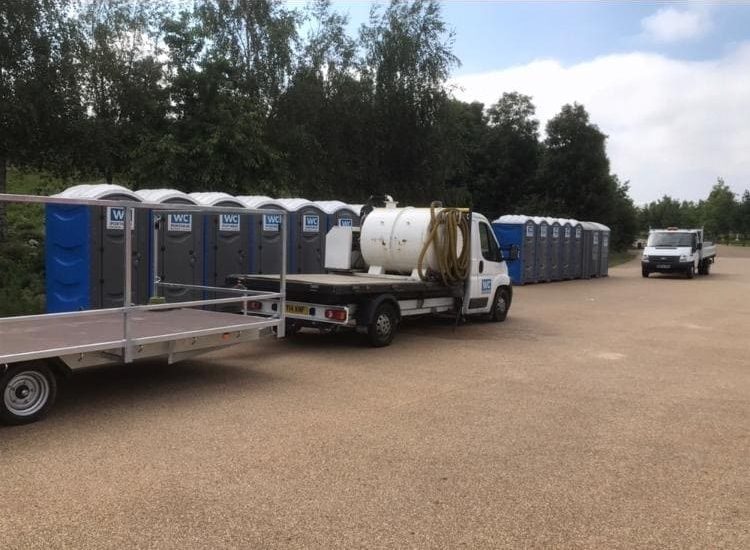Cleaning the toilet involves using a variety of tools or materials such as scrub brush, toilet wand, squeegee, toilet brush, lint-free rag and a disinfectant cleaner. Whilst this list is not exhaustive, it is important to note a thorough public toilet clean should utilise a type of disinfectant or sanitiser. Overall, disinfectants are considered to be chemical substances that are designed to destroy microorganisms or microbes. Disinfectants do not necessarily kill all microorganisms as some bacterias can prove a bit stubborn. Generally, toilet disinfectants are essential to get rid of most microbes. It is hard to say a private or public toilet has been cleaned without using a disinfectant of some sort.
There are different types of toilet disinfectants consisting of liquid cleaners, toilet bowl cleaning tablets, toilet wipe dispensers, floor wipes, toilet powder cleaners, gel-based cleansers, scented toilet cleaners and chemical-free toilet cleaners. The British multinational company Reckitt Benckiser saw a 13% increase in sales due to the increased demand for disinfectants during the coronavirus epidemic. It is the biggest sales growth in over two decades and it is due to a strong need to prevent the spread of viruses like COVID-19 in facilities such as public and private toilets. People have increased their hygiene standard during this period and that has resulted in the increased value of toilet disinfectants.
Reasons for the increased value in toilet disinfectants
The primary reason for the increased value and demand for disinfectants can be attributed to COVID-19, other secondary factors could be considered. These secondary factors will be expressed below.
- Affordability: These toilet disinfectants are quite affordable in the United Kingdom. One pound can easily get you a decent toilet sanitiser that can last a handful of cleans. The price of these liquids is insignificant to many buyers who can easily fall for an impulsive buy.
- Accessibility: Toilet liquids or disinfectants are available in most stores such as Sainsbury’s, Tescos, Lidl, Aldi and the one-pound stores. They are also accessible from many parts of the United Kingdom. Increased demand is facilitated with the ease at which buyers can find the products. The proximity of these disinfectants is a boost to the rise in sales and usage.
- Availability: Over the past weeks, the stock of certain products have been low or limited in supply. The weeks preceding the lockdown led to a surge in the demand for toilet papers and eventually many stores ran out. In recent weeks, surprisingly stores now have stock of toilet papers and floor wipes. On the other hand, toilet disinfectants have remained in stock in most stores before and during the lockdown. The availability means customers can place more orders which leads to the increased demand and value.
- Assortment: Toilet disinfectants come in different brands, colours, smell, texture and packaging. There are different options for customers and this enriches the purchasing experience.
- Anxiety: The fear of not having enough stock of disinfectants during lockdown made a lot of customers panic-buy during the weeks preceding the nationwide lockdown. We’ve now discovered that the anxiety leading to the bulk buy has also contributed to the increased value of toilet disinfectants.
These are some of the reasons for the increased demand and value for toilet disinfectants.




